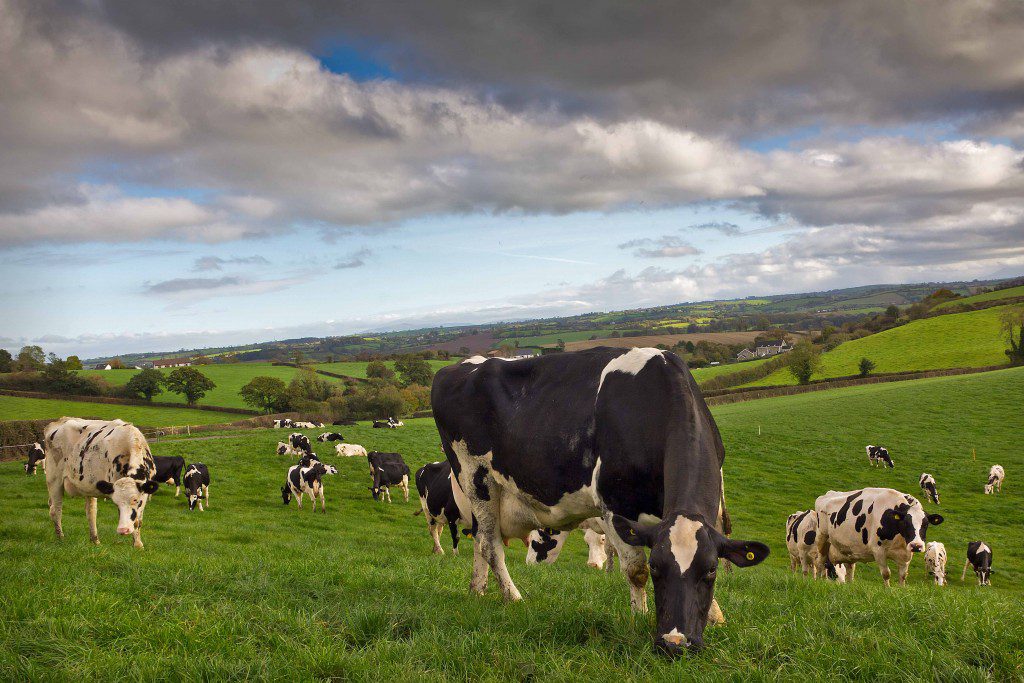While the 2023 grazing season continues to get off to a great start across the majority of the country, grass growth remains somewhat slow.
A number of farmers, speaking to Agriland during the week, have described the beginning of 2023 as one of the best starts to the grazing season they can remember.
And despite grass growth being slow, it has not been unexpected, with temperatures remaining cold and it only being early March.
Grass growth
The latest predicted growth rates from PastureBase Ireland are showing current growth rates of between 10kg of dry matter (DM)/ha and 7kg of DM/ha, depending on location.
The best growth rates can be found in the east and west, with the lowest growth rates found in the northern part of the country.
The current growth rates are 10kg of DM/ha in Leinster; 9kg of DM/ha in Munster; 10kg of DM/ha in Connacht; and 7kg of DM/ha in Ulster.
The cold weather expected over the weekend will likely slightly reduce growth rates – or simply maintain current rates.
Although cold weather is expected not much rain is forecast as of yet, so grazing will likely be able to continue on the majority of farms.
However, with cold weather moving in, farmers should keep a close eye on cows for signs of grass tetany.
30% target
The target for February was to have 30% of the farm grazed, and many will have achieved and even surpassed this target.
The next aim is to have another 30% grazed by March 20, with the remaining area to be grazed by April 10, for the ‘magic day’ when growth surpasses demand.
Based on the current weather forecast it is again likely that most will be able to achieve having 60% of the farm grazed by March 20.
It is again key to highlight the importance of using good grazing management practices during this time of year – particularly for those on a heavier soil type.
Farmers should continue to make use of the strip wire, to protect ground condition, and where needed, back fencing and spur roadways should continued to be used.
